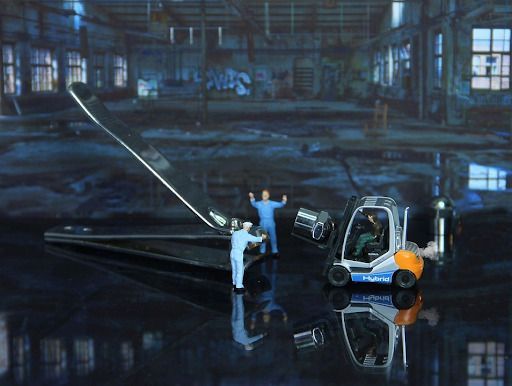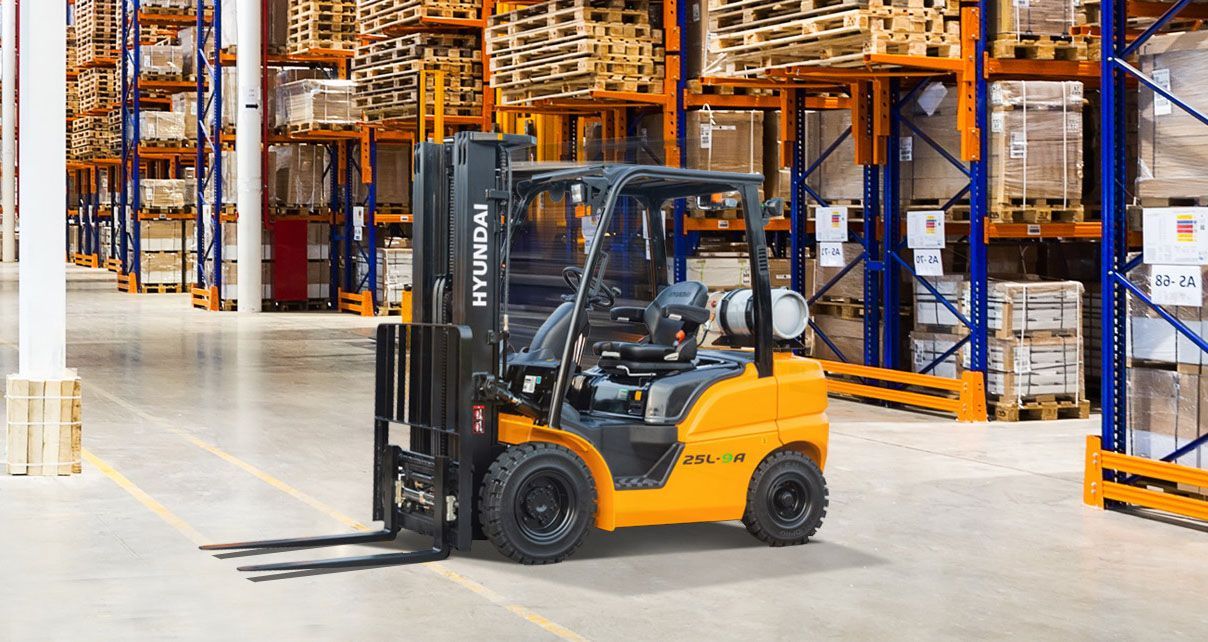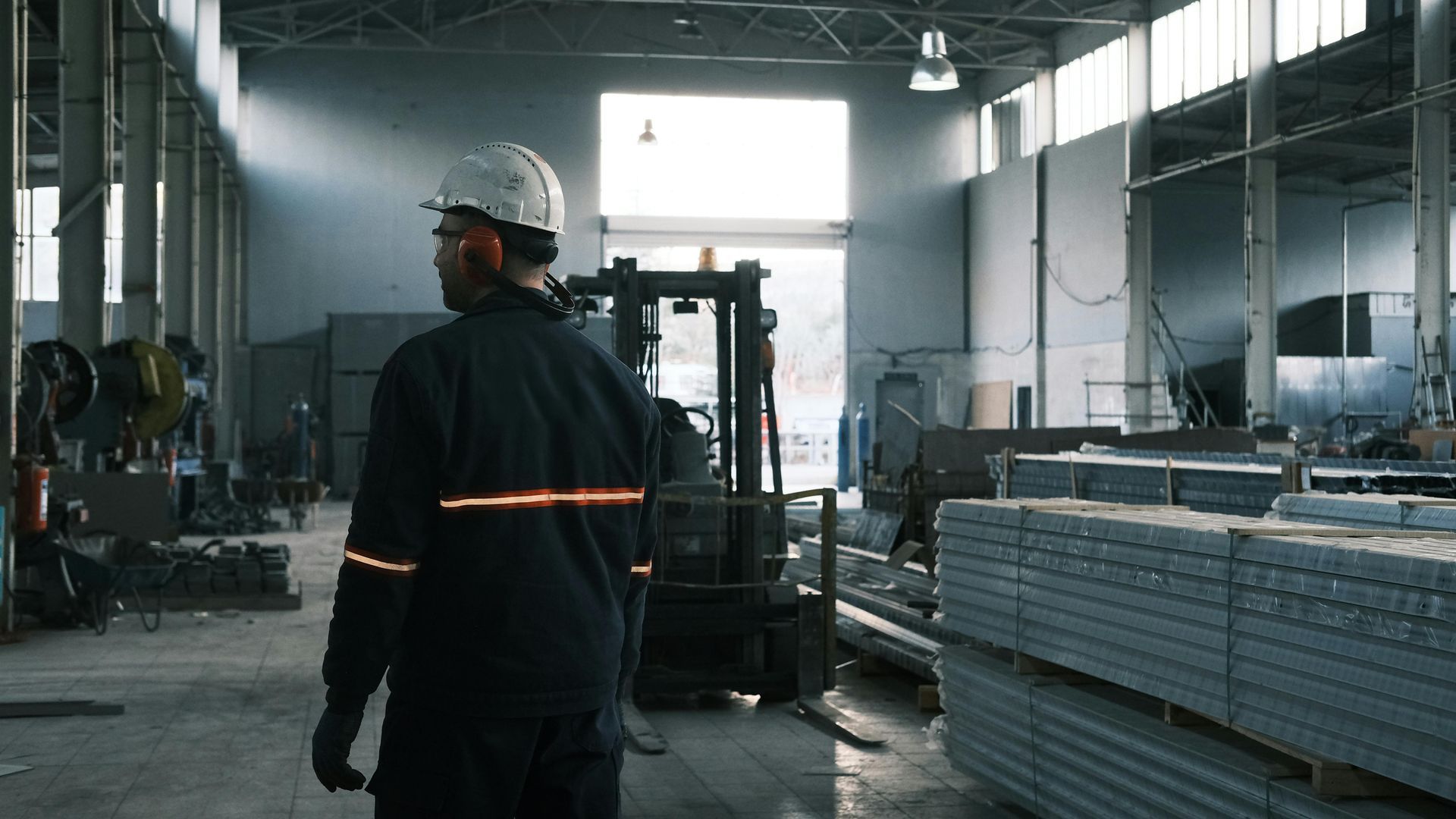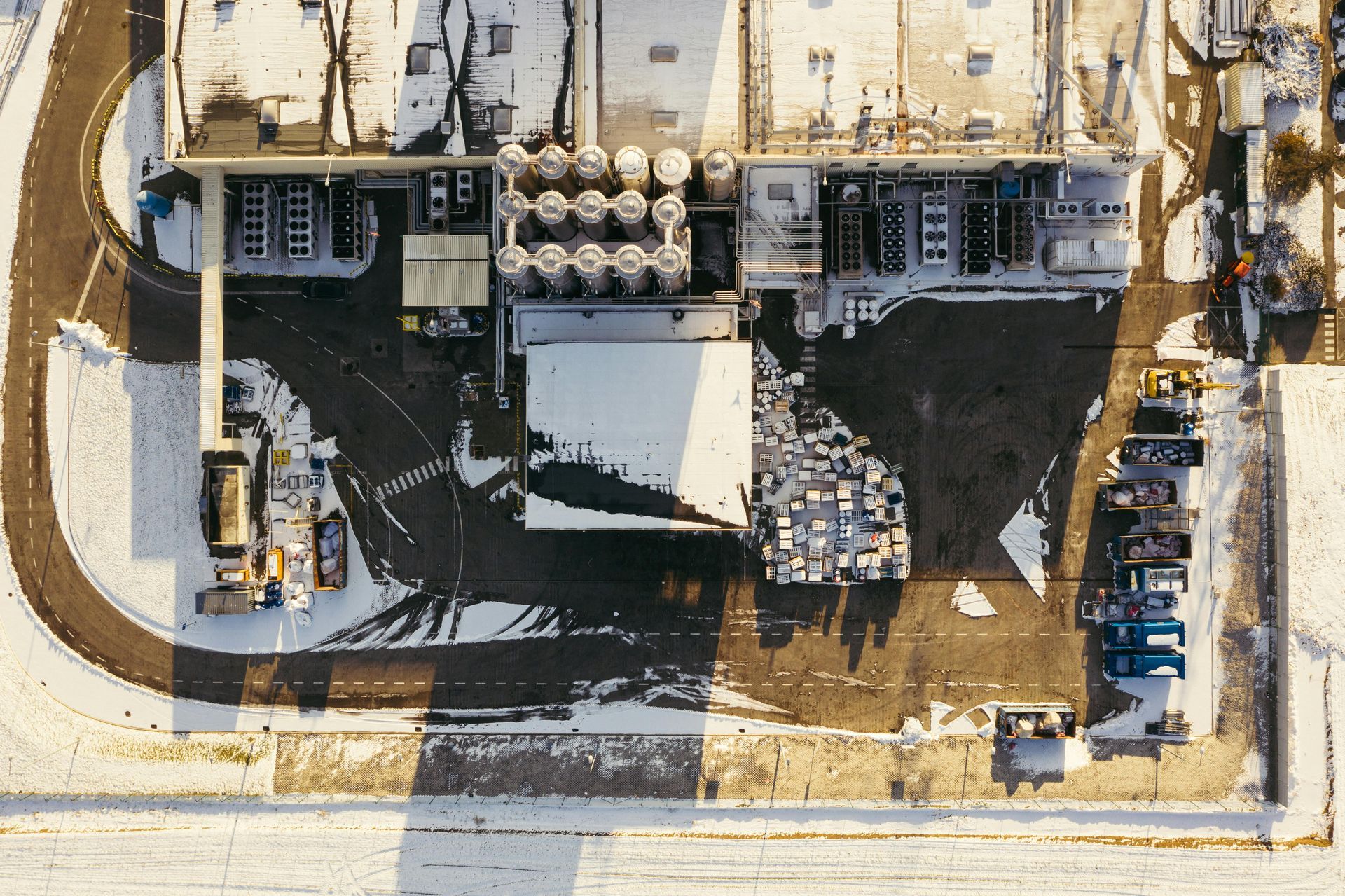Forklift Safety Dos and Don’ts
While there are plenty of different warehouse management strategies to optimize processes, there’s absolutely a right way and a wrong way to create a culture of forklift safety. OSHA reports that forklift accidents cause roughly 35,000 serious injuries and 85 fatal accidents every year. It’s also reported that nearly 25% of these accidents happen because of inadequate training. By understanding what should and shouldn’t be done to address forklift safety fundamentals and relaying this information through training and continuing education, managers can build and maintain a thriving culture of safety.
DON’T keep paying for costly forklift repairs to keep them running on the warehouse floor.
DO invest in forklift upgrades. Forklifts that need repair or replacement need to be out of operation until they’re functioning correctly. That means you need an equipment partner who will perform routine preventative maintenance and inspections of material handling equipment to minimize breakdowns. Better yet, that partner should provide rental equipment to reduce downtime.
DON’T overlook the importance of the angle at which loaded lifts carry and transport inventory.
DO keep them tilted backward and keep the forks low to the ground. Use bindings or ropes to secure the loads and don’t overweight the forks. Every forklift has a center of gravity and is designed to have a suspension system called the stability triangle. The heavier the load, the further forward the center of gravity and the more significant risk of tip over.

DON’T try any wacky driving maneuvers or try to beat land-speed records in a forklift.
DO operate your equipment at recommended speeds, don’t stop or change direction when traveling at higher speeds, and watch for other equipment while operating the forklift. Like driving on the road, there needs to be an appropriate distance between your equipment and others to ensure safe stopping. If a forklift starts to tip over, experts advise NOT to jump out — instead, you should stay in the vehicle and grip the steering wheel.
DON’T park and store forklifts just anywhere in the warehouse where there happens to be space.
DO designate a space in your warehouse for equipment to be refueled, recharged, and parked between shifts. This helps to keep your forklifts off the floor and prevent hazards. Forklifts should also be refueled and recharged between each use. Losing power or running out of fuel during operation or while a load is attached can quickly become a serious safety hazard.

DON’T add too much inventory or carry additional operators above and beyond the lift’s recommended limits.
DO remember that overloading a forklift can impact the counterweight and cause the equipment to fall forward, leading to loss or damage of inventory or even injury. The same is true for carrying passengers. Nobody should be hitching rides unless the forklift has an extra seat and is designed to hold another operator.
DON’T skip using onboard lift safety features to help with visibility, just like driving a car.
DO maintain visibility. Having a good view of what’s around the forklift makes it much easier to assess potential hazards and avoid accidents. Keep the forks low to the ground to avoid obstructing the view and make eye contact with pedestrians around the equipment. Tools like rear-view mirrors and headlights in darker work conditions also work to help keep operators (and other employees) safe while operating the forklift.
When it comes to the operational safety of the forklifts in your facility, don’t leave things to chance. Our technicians are OSHA trained and Factory Certified in Hyundai and PowerBoss equipment — get in touch today , let’s create a culture of safety together.
The post Forklift Safety Dos and Don’ts appeared first on Benco Industrial Equipment.




